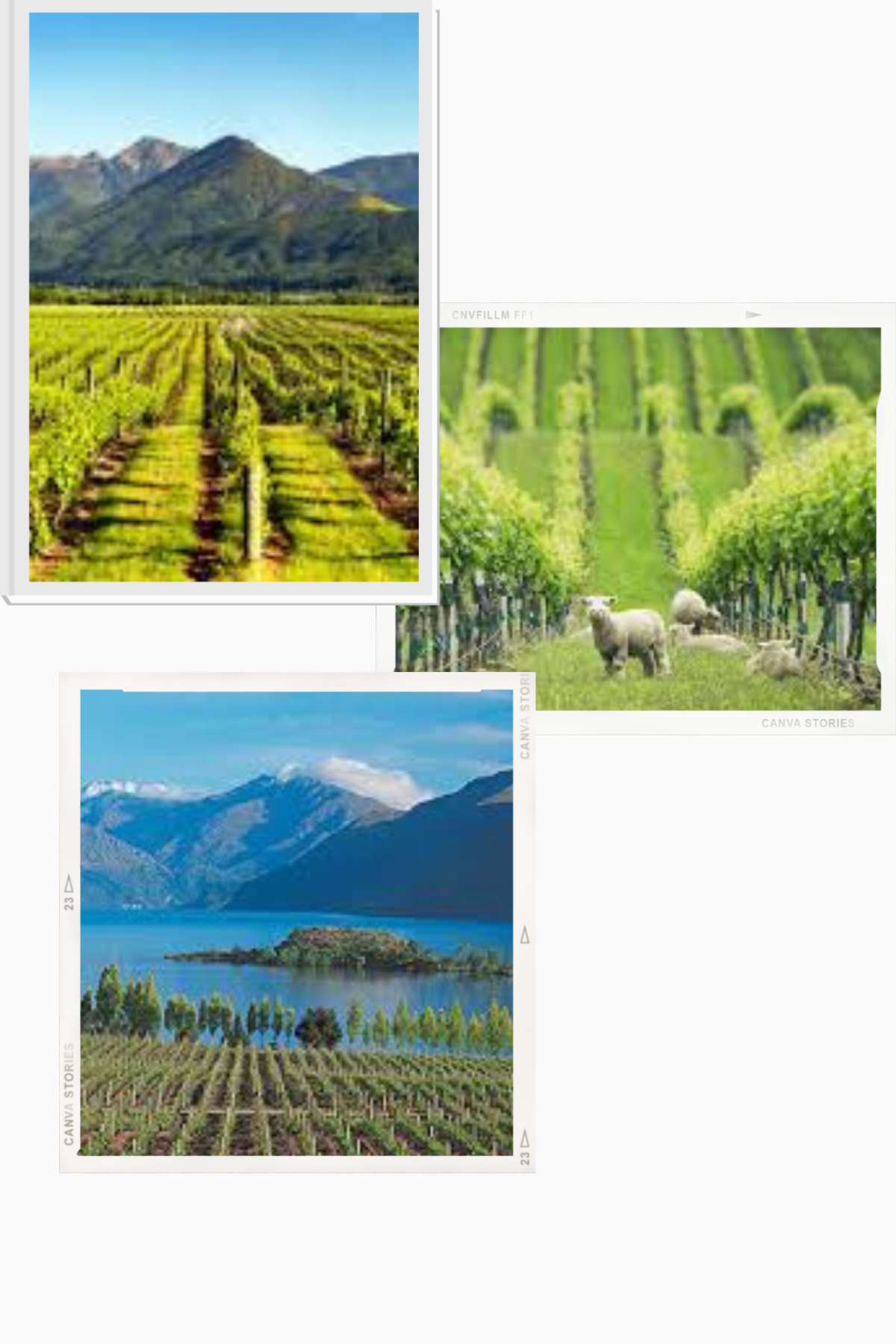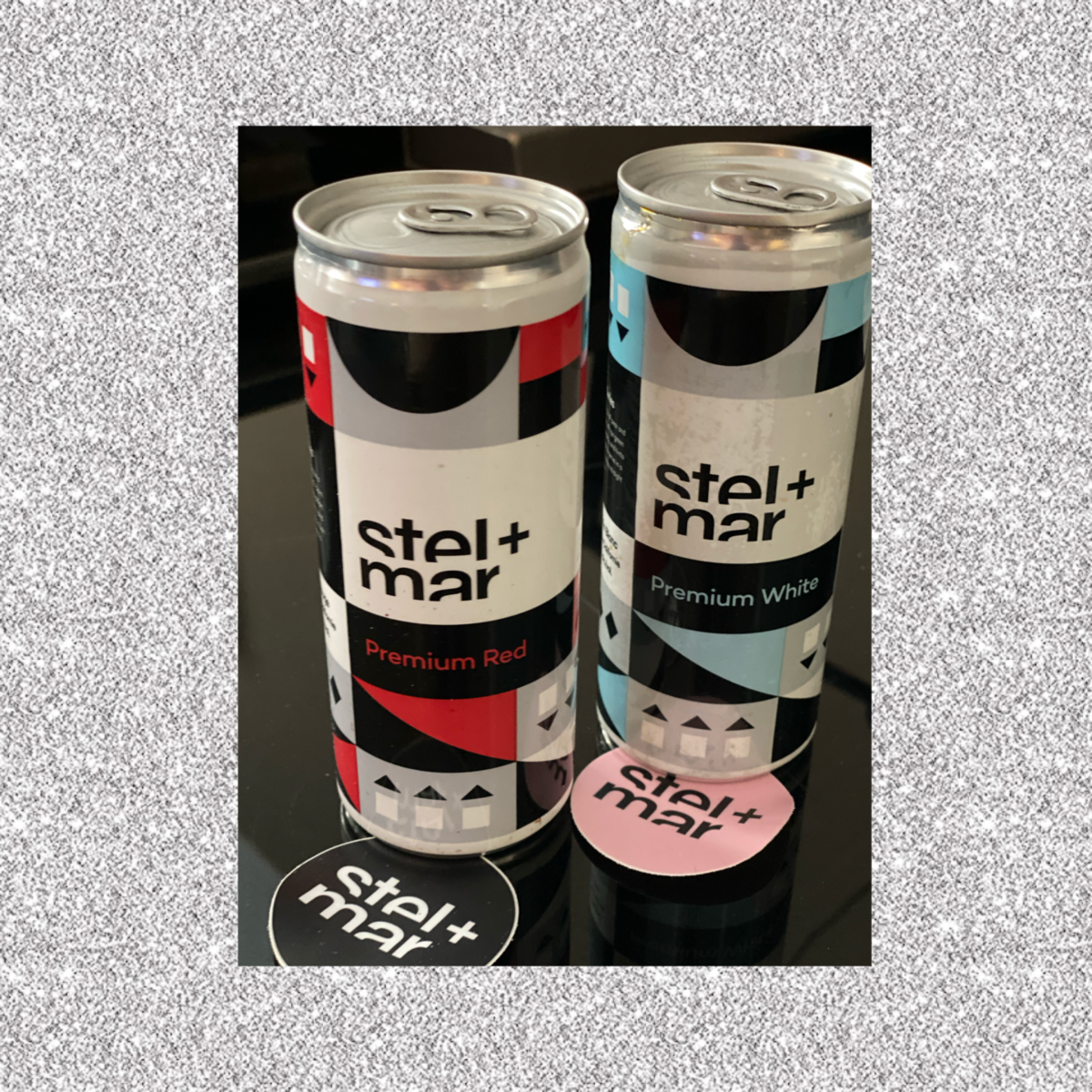The theme of the month, “Pour Yourself a Glass of New Zealand” comes at a time when New Zealand’s top three exported white wine varieties are internationally celebrated with International Sauvignon Blanc Day (5 May), International Pinot Gris Day (17 May) and International Chardonnay Day (25 May) all falling in the same month.
Charlotte Read, general manager for New Zealand Winegrowers, explains why the trade body is choosing to highlight white wine this May: “New Zealand white wine makes up 93% of our global exports, and while Sauvignon Blanc represents 86% of our exports, New Zealand also produces other world-class white wine varieties such as Pinot Gris and Chardonnay.”


